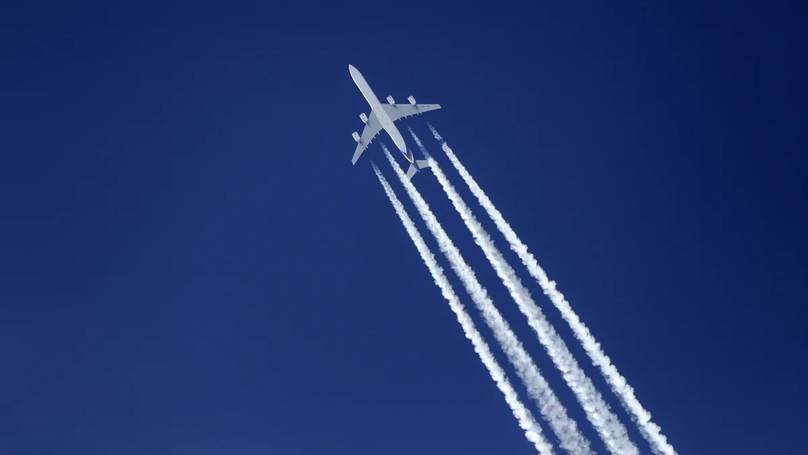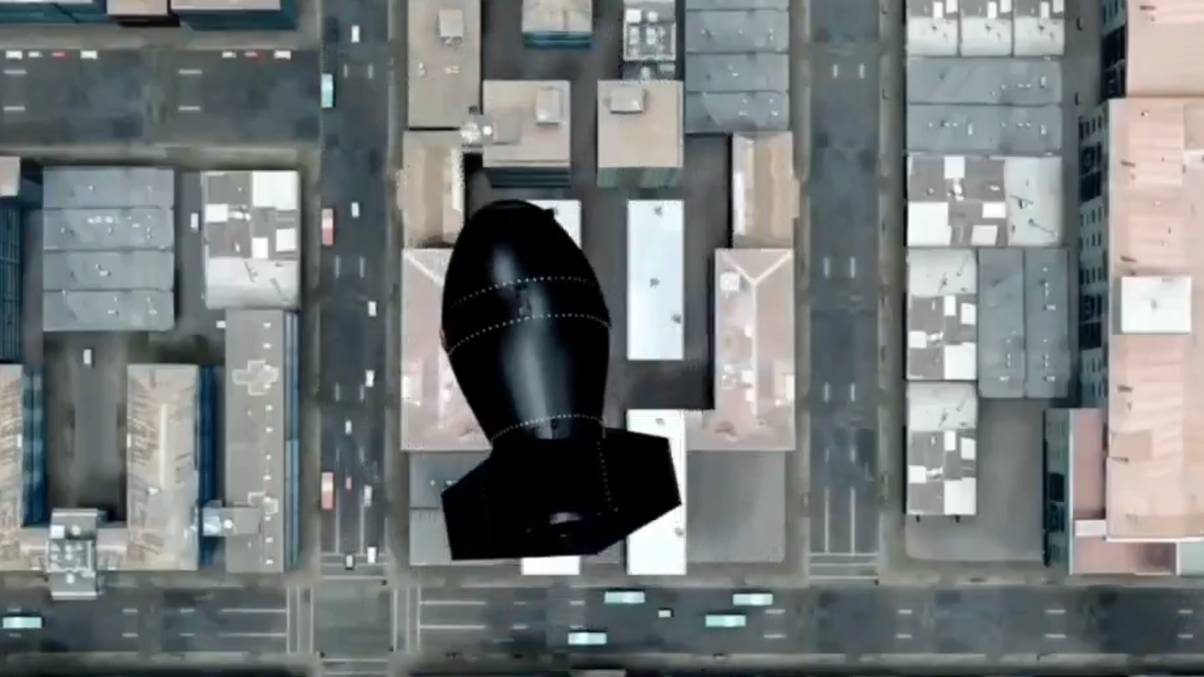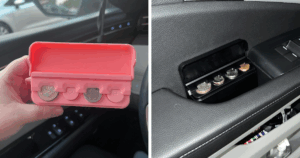Scientists Propose Daring Plan to Spray 12 Million Tons of Particles from Jets—Could This Save the Planet or Backfire?
So, scientists are seriously toying with the idea of “dimming the sun” — yes, like putting a cosmic pair of sunglasses on our planet — to cool down Earth and tackle global warming. Wild, right? While geoengineering always sounds like some mad scientist’s sci-fi plot (and trust me, it’s swimming in controversy), one technique called stratospheric aerosol injection has folks buzzing. The kicker? We used to think we’d need brand-new jets capable of flying over 12 miles high to do this, but nope — University College London just dropped a bombshell study showing that regular old Boeing 777Fs can spray a hefty 12 million tons of particles at a lower altitude, around 8 miles up. That’s right, the same types of planes you see hauling your luggage at commercial heights might be the geoengineering heroes we didn’t expect. Now, before you start dreaming of silver linings, there’s a twist: spraying from lower means you’d need triple the material and risks like acid rain are lurking nearby. Still, with the UK pouring £50 million into this, you gotta wonder — are we inching closer to turning Earth into the ultimate sunblock? Or just cooking up a cosmic mess? LEARN MORE.
Scientists have been looking at ways to ‘dim the sun’ in the hopes of cooling the Earth and curbing global warming.
While geoengineering techniques are proving to be controversial, stratospheric aerosol injection is one way we could reduce the amount of sunlight reaching the planet.
It was previously believed that planes would need to fly at altitudes over about 12.4 miles. Therefore, brand-new aircraft would be required to be able to reach these heights.
However, a new study from University College London (UCL) shows that existing jets like the Boeing 777F could carry out the geoengineering and shoot out 12 million tons of particles into the sky.
Published in Earth’s Future, new computer models by scientists at UCL found it could be done at lower altitudes.

Boeing 777F jets could be used. (Getty Stock)
The team found that it might be possible to cool down the planet at just 8.1 miles instead, near the polar regions rather than higher up and near the tropics as typically believed.
This is an altitude that commercial planes can already reach.
Lead author and PHD student at UCL’s Department of Earth Sciences, Alistair Duffey, said: “Solar geoengineering comes with serious risks and much more research is needed to understand its impacts.
“However, our study suggests that it is easier to cool the planet with this particular intervention than we thought. This has implications for how quickly stratospheric aerosol injection could be started and by who.”
There is a bit of a catch though as shooting out these particles from a lower altitude means three times the amount of material would be needed in order to have the same impact.
“At this lower altitude, stratospheric aerosol injection is about one third as effective,” Duffy added. But this does raise concerns about an increased likelihood of side effects like acid rain.

(Kryssia Campos/Getty stock photo)
“The strategy would also be less effective at cooling the tropics, where the direct vulnerability to warming is highest,” the scientist continued.
“However, climate change is a serious problem and it is vital to understand all our options, so that policy-makers have the evidence they need to make informed decisions.”
The general idea would be that roughly 12 million tons of sulphur dioxide would be used every year in an aim of cutting off around 0.6C from global temperatures.
The UK government has approved a £50 million programme to look at bouncing away sunlight from the Earth with geoengineering experiments and analysis set to be launched.













